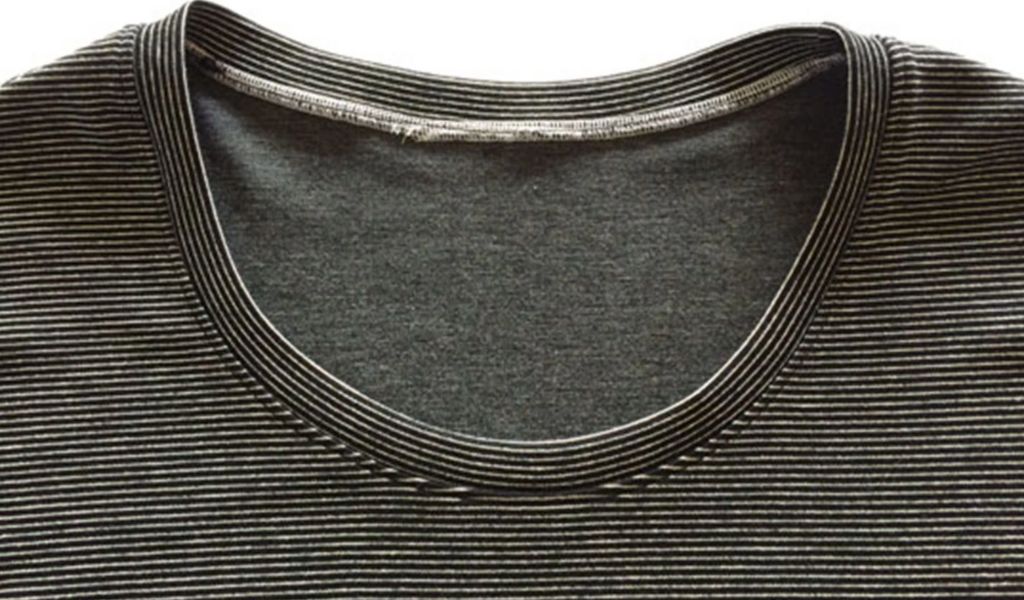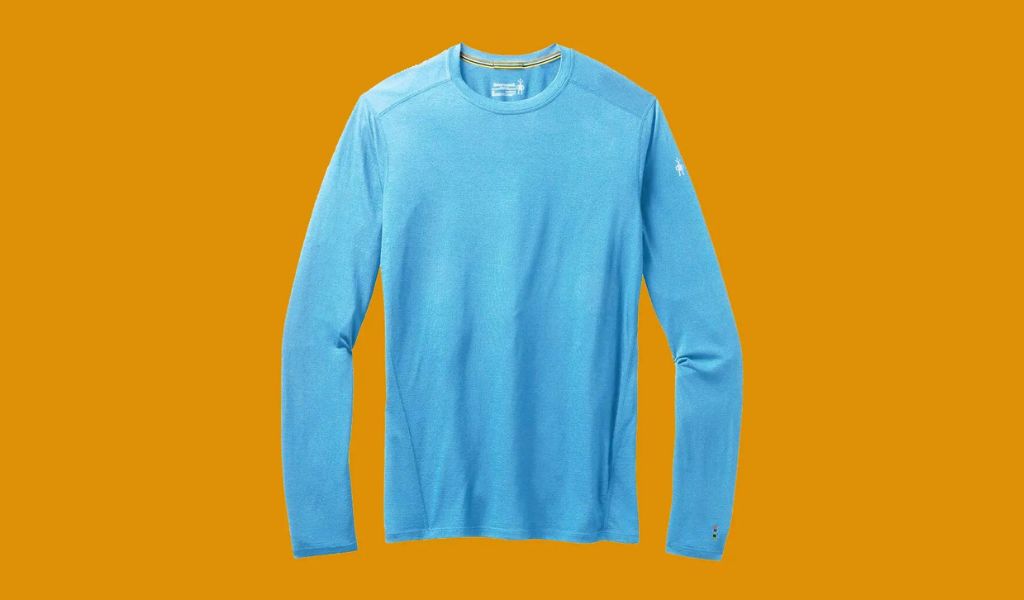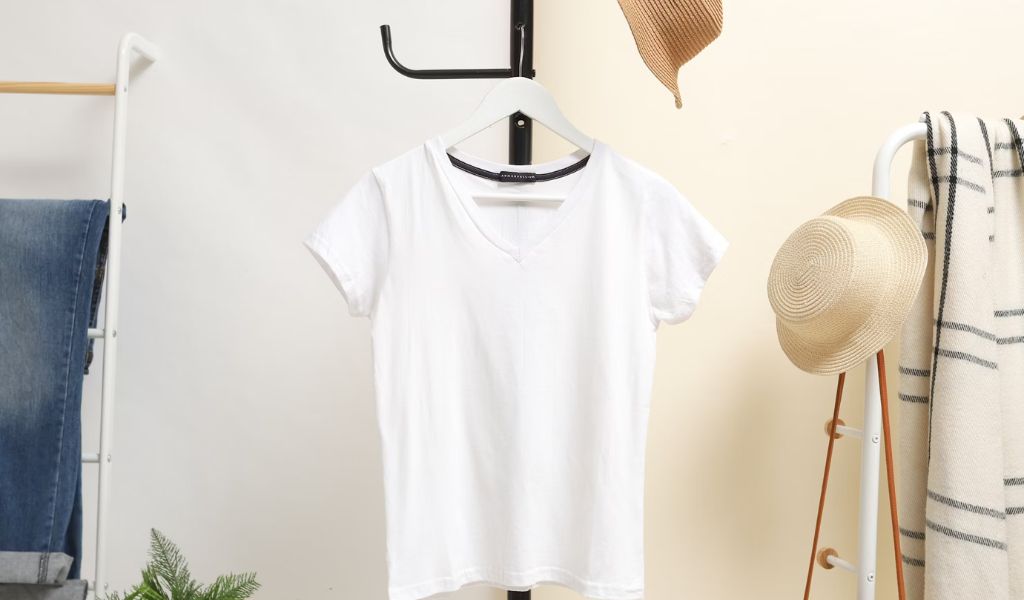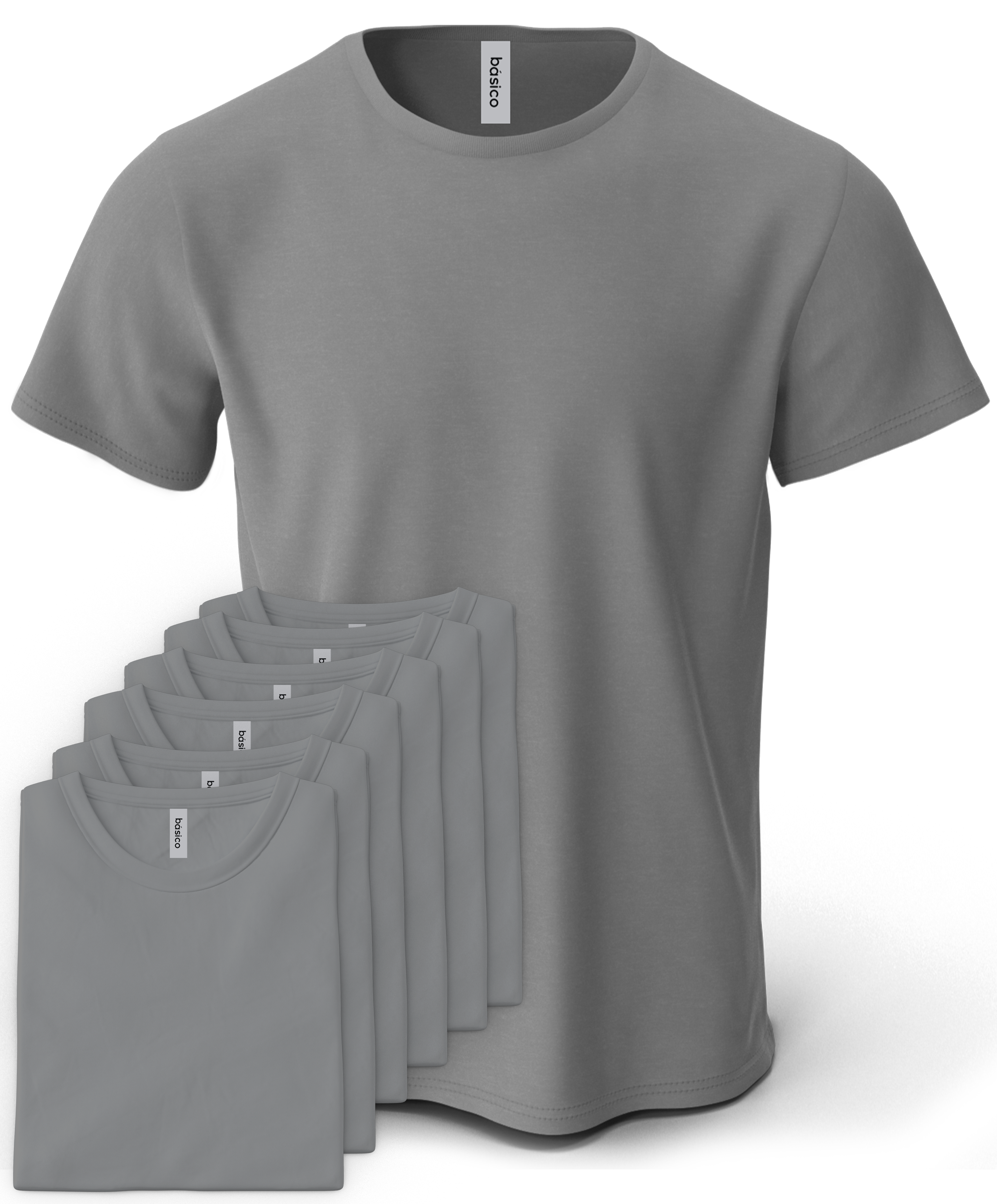
Choosing The Best T-Shirt Printing Methods For Your Business

The demand for custom-made and personalized T-shirts is increasing in today's market. Selecting the right printing method is essential for businesses that are entering the garment printing world. This will ensure durable and visually appealing products of high quality. There are several printing techniques, each with their own unique advantages. Each is suitable for different purposes.
The different t-shirt printing techniques are suited to different order sizes and fabrics, as well as different levels of design complexity. Screen printing is a reliable and traditional method that's ideal for large productions because of its affordability and vibrant color output. Direct-to Garment (DTG), which uses inkjet printing technology, is best for intricate designs or smaller batches.
It offers multicolor and detailed prints. Heat transfer printing is a versatile method that can accommodate complex designs, but it may not be durable over time. Each technique has its own advantages and limitations. It is important that businesses carefully assess their needs before choosing the best method for T-shirt printing.
This article will explore the various T-shirt printing methods as well as their ideal business applications.
Top 3 T-Shirt Printing Methods

There are many t-shirt printing methods, but three stands out for their popularity and effectiveness - direct-to garment (DTG), screen printing, and direct-to film (DTF) transfer. Understanding the pros and cons, cost, and applications of each method will help you decide the best option for your business.
Screen printing is a traditional and widely used method. It involves creating a stencil (screen) for each color in the design. Ink is then pressed through the screens onto the T-shirt, one color at a time.It is known for producing vibrant and long-lasting prints. It works well for large quantities, making it cost-effective for bulk orders.DTG printing is a digital method where the design is directly printed onto the fabric using specialized inkjet technology. It's similar to printing on paper but optimized for textiles.
Screen printing is the best option for bulk orders
Since decades, screen printing has been the most popular method of t-shirt decoration. Ink is pushed through a stencil and onto the fabric. Screen printing is most cost-effective when large orders are placed with limited color palettes.Screen printing is indeed a popular and cost-effective option for bulk orders of custom apparel, such as T-shirts, hoodies, and other clothing items.
Screen printing becomes more cost-effective as the quantity of items increases. The initial setup costs for creating screens and preparing the printing equipment are spread out over a larger number of units, reducing the per-unit cost. Once the screens are set up, the actual printing process is relatively fast. This makes screen printing suitable for large production runs with tight deadlines.
Printing Cost
The main cost factors are the initial setup costs of creating screens in each color, and the number prints required to spread that initial investment. The price per unit is reduced when you order more. Ideal for large quantities printed all at once.
Digital Printing:
Typically used for short print runs and allows for more flexibility in terms of variable data printing. It can be cost-effective for small quantities.
Offset Printing:
More cost-effective for large print runs. It involves creating printing plates and has higher setup costs but lower per-unit costs for large quantities.
DIY Startup Cost

A DIY screen printing venture requires a significant investment up front. You will need at least washout booths and exposure units as well as presses and flash dryers. To master the art, you need to practice and receive hands-on instruction. Many entrepreneurs outsource their printing, but they handle the design and order fulfillment themselves. DIY startup can vary widely in terms of costs depending on the nature of your business, the scale of your operations, and your specific industry.
Direct-to-garment (DTG): For Third-Party POD
Direct-to garment (DTG), a digital printing process, uses inkjet technology specialized for direct fabric printing. DTG is a digital process that excels in complex multi-color prints, with a photorealistic look and feel. This method is ideal for small orders because it does not require screens to be set up.
Cost Of Printing
DTG has a low setup cost because no screens are needed. The flat rate per print can reduce margins, but it also eliminates production responsibility. Outsourcing DTG results in simplified operations.
Commercial DTG Printers
Commercial DTG printers can cost tens or even hundreds of thousands of dollars. The investment can be profitable for entrepreneurs who are committed.
Direct-To-Film (DTF)
Direct to Film (DTF), transfers are a revolutionary method of heat transfer for t-shirt prints. DTF prints are created by inkjet-printing designs onto a special film that is coated with a polymer adhesion layer. This adhesive layer is activated when heat is applied to fabric. It produces a vibrant, crisp print.
Installing A DIY System
DTF transfers have very low startup costs compared to other methods. You only need a heat press of good quality, blank garments and DTF custom transfers. The printed transfers are stored and can be pressed when needed.
Choose The Best T-Shirt Printing Method For Your Business
The optimal method of t-shirt print is a strategic choice that will shape your business model and operations. It can also affect profitability. It's not necessary that the printing method you choose today will define your business for life. It should help you to move in the right direction.
Third-party POD platform offers simplicity to beginners, but limits margins. Screen printing is a great option for large volumes, but it requires a substantial upfront investment. DIY POD models with DTF transfer provide control and flexibility for ecommerce shops on budget.
Whatever approach you select, make it a catalyst and not a constraint. Your goals should align with the ideal printing method to enable you to adapt and scale. Reevaluate your technology and model needs as your business grows. It will help you turn your creativity into commercial success while you continue to pursue a career in the dynamic tee-shirt industry.

Conclusion
Selecting the right T-shirt printing method for your business involves considering factors like order quantity, design complexity, fabric type, and budget. Screen printing is excellent for bulk orders, while DTG printing suits intricate designs on smaller batches. Heat transfer offers flexibility but may lack durability. Ultimately, understanding the strengths and limitations of each method will help businesses make informed decisions, ensuring quality prints that meet customer expectations
In the dynamic world of garment printing, choosing the best technique is pivotal in establishing a successful and sustainable T-shirt printing business.














